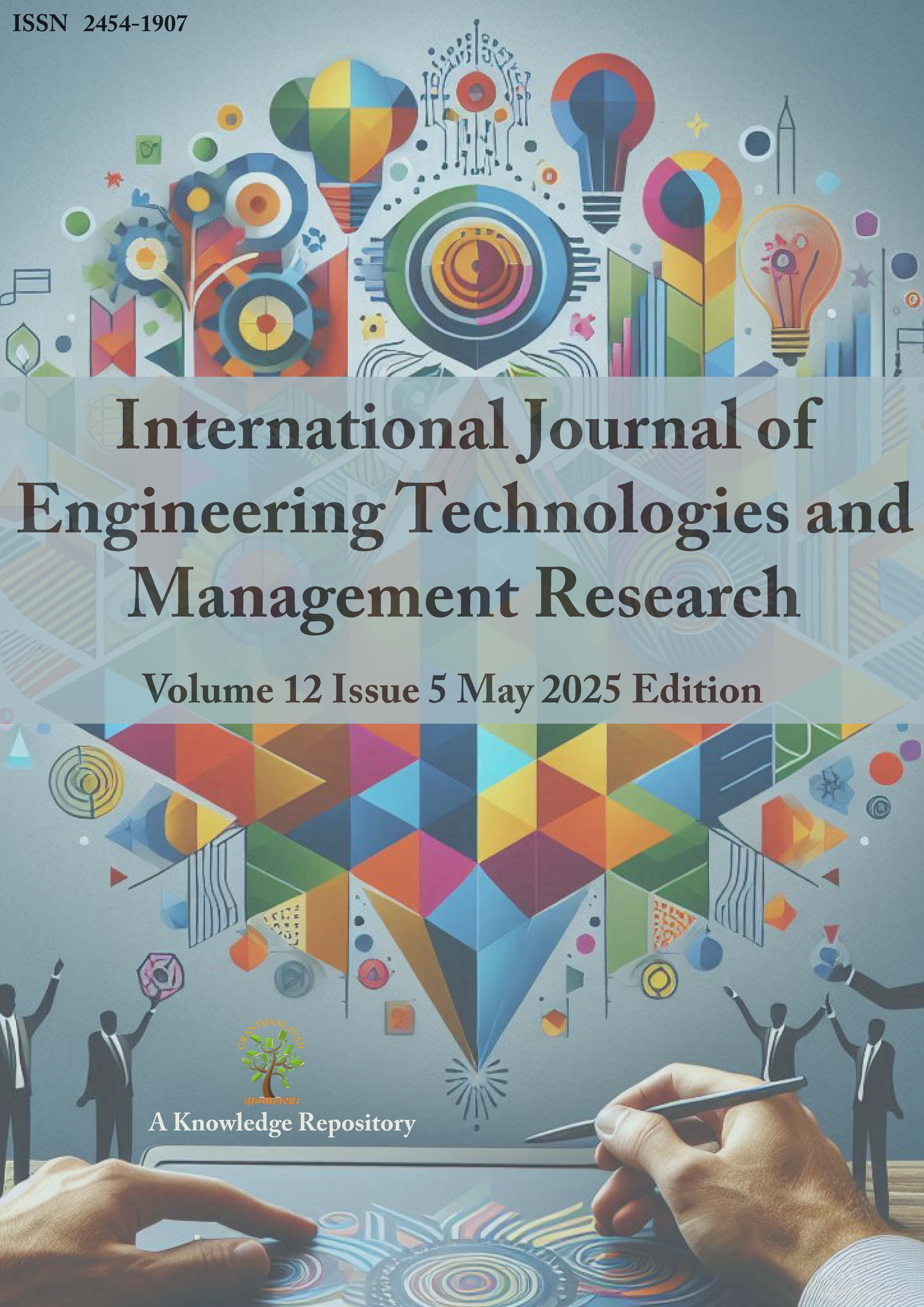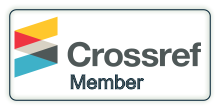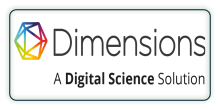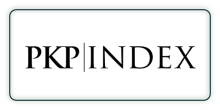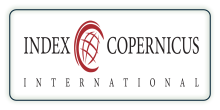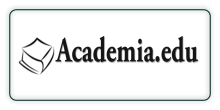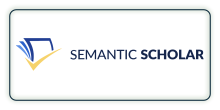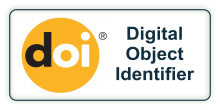THE CRISTAL WITH PARTICIPATE OF THE XENOMORPHIC SURFACE AND THE VARIANCE OF FACE SYSTEM
DOI:
https://doi.org/10.29121/ijetmr.v12.i5.2025.1551Keywords:
Xenomorphic Surface, Geometric Crystallography Studies, Reticular FacesAbstract
Geometric crystallography studies the external form of a crystal, formed by a combination of geometric planes - reticular faces. This form of natural crystals can vary from simple forms, with the smallest number of faces, to polyhedral, with a certain number of faces. Such crystals are called idiomorphic, since they are geometric crystalline polyhedra. Faces that differ in reticular densities are called reticular, and faces multiplied by symmetry elements are called identical. The set of these faces is called a faceted form. By symmetry operations, the faceted form is transformed into a form consisting of only reticular faces. Such a form is called a faceted system. However, natural crystals are often subject to mechanical and (or) chemical dislocations and a xenomorphic surface appears in the faceted form. The faces can be partially or completely destroyed, and the crystalline polyhedron becomes unclosed, a greater or lesser part of the surface of its previously euhedral crystal becomes xenomorphic, and the face system consisting of the preserved reticular faces and the xenomorphic surface is combined; in it, the xenomorphic surface closes the crystalline polyhedron. Such crystals are hypidiomorphic. Xenomorphization, as a process of destruction of reticular faces, changes the thermodynamic state of the crystal. However, in geometric crystallography this surface is considered as a crystal defect, and the hypidiomorphic crystal is still studied as euhedral, its equilibrium is estimated, which is unjustified, since the xenomorphic surface is characterized by its own surface tension and, in essence, plays the role of an independent faceted surface. The role of the xenomorphic surface in the variability of such crystals was studied for the first time. Variance functions are obtained for different states of a face system involving a xenomorphic surface.
Downloads
References
Admakin, L. A., & Admakin, A. L. (2023). Variability and Thermodynamic State of the Crystal Face System. Crystallography, 68(2), 328. https://doi.org/10.31857/S0023476123020029
Admakin, L. A., & Trubachev, A. I. (2012). The Rule of Variance and Equilibrium of the Crystal Facet System. Kulagin readings: Engineering and technology of production processes: Proceedings of the XXI International Scientific-Practical Conference, 87–104.
Ansheles, O. M. (1952). Principles of Crystallography. Leningrad State University Press.
Bokiy, G. B. (1971). Crystal Chemistry. Nauka.
Brave, O. (1974). Selected Scientific Works. Science.
Gibbs, J. W. (1982). Thermodynamics and Statistical Mechanics. Nauka.
Hartman, P., & Perdok, W. G. (1955). On the Relations Between Structure and Morphology of Crystals. Acta Crystallographica, 8, 49–52, 521–524, 525–529. https://doi.org/10.1107/S0365110X55001679
Haüy, R. J. (1962). Crystal Structure. Publishing house of the USSR Academy of Sciences.
Honigman, B. (1961). Growth and Shape of Crystals. IL.
Hurlbut, K., & Klein, K. (1982). Mineralogy According to the Dan System. Nedra.
Leontovich, M. A. (1983). Introduction to Thermodynamics. Statistical physics. Nauka.
Nauka. (1965). Minerals (Vol. 2, Issue 2). Simple Oxides. Nauka.
Rosenbusch, G. (1934). Descriptive Petrography. ONTI.
Shafranovsky, I. I. (1961). Crystals of Minerals: Curved, skeletal, and granular forms. Gosgeoltekhizdat.
Shafranovsky, I. I. (1968). Lectures on Crystal Morphology. Higher School.
Sheftal, N. N. (1977). Equilibrium form and form of A Perfect Crystal. In Processes of real crystal formation (pp. 31–51).
Stranski, I. N. (1928). Zur Theorie Des Kristallwachstums. Zeitschrift für Physikalische Chemie, 136A, 259–267. https://doi.org/10.1515/zpch-1928-13620
Admakin A.L., Ansheles O.V., Bravais A., Bokii., Gibbs J.W., G.B., Hauy R.J., Hartman P., Honigmann B., Hurlbut C.S., Klein C., Leontovich M.F., Perdok W.G., Rosenbusch G., Shafranovsky I.I., Scheftal N.N., Stranskii I.N.
Published
How to Cite
Issue
Section
License
Copyright (c) 2025 Admakin L. A.

This work is licensed under a Creative Commons Attribution 4.0 International License.
License and Copyright Agreement
In submitting the manuscript to the journal, the authors certify that:
- They are authorized by their co-authors to enter into these arrangements.
- The work described has not been formally published before, except in the form of an abstract or as part of a published lecture, review, thesis, or overlay journal.
- That it is not under consideration for publication elsewhere.
- That its release has been approved by all the author(s) and by the responsible authorities – tacitly or explicitly – of the institutes where the work has been carried out.
- They secure the right to reproduce any material that has already been published or copyrighted elsewhere.
- They agree to the following license and copyright agreement.
Copyright
Authors who publish with International Journal of Engineering Technologies and Management Research agree to the following terms:
- Authors retain copyright and grant the journal right of first publication with the work simultaneously licensed under a Creative Commons Attribution License (CC BY-SA 4.0) that allows others to share the work with an acknowledgment of the work's authorship and initial publication in this journal.
- Authors can enter into separate, additional contractual arrangements for the non-exclusive distribution of the journal's published version of the work (e.g., post it to an institutional repository or edit it in a book), with an acknowledgment of its initial publication in this journal.
- Authors are permitted and encouraged to post their work online (e.g., in institutional repositories or on their website) before and during the submission process, as it can lead to productive exchanges, as well as earlier and greater citation of published work.
For More info, please visit CopyRight Section

